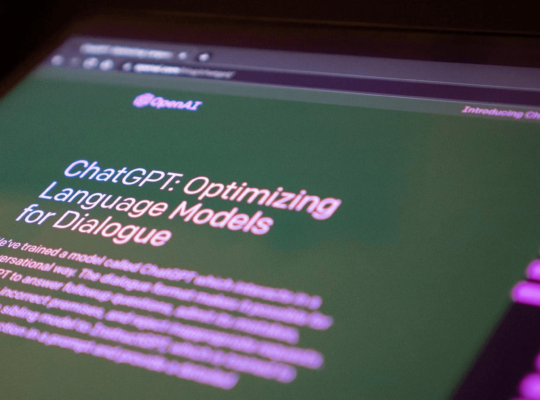The 21st century has brought with it a multitude of new challenges and opportunities, especially in the field of education. With technology rapidly advancing and the world becoming increasingly interconnected, there is a growing recognition that the skills students need to thrive in this new era are different from those of previous generations. This shift has led to the development of the 21st Century Skills Framework, which outlines the essential skills that students need to be successful in the 21st century.
Step 1: Understanding the Framework
Before you start incorporating 21st century skills into your teaching, it’s important to have a deep understanding of the framework itself. The 21st Century Skills Framework consists of three key components: Core subjects and 21st century themes, learning and innovation skills, and life and career skills. These components are designed to provide a comprehensive approach to education, helping students to develop the skills they need to be successful in both their personal and professional lives.
Step 2: Incorporating Technology
One of the key aspects of the 21st Century Skills Framework is the integration of technology into the classroom. From using online resources and tools to teaching students how to use technology effectively, technology can play a crucial role in helping students develop the skills they need to succeed in the 21st century.
Step 3: Promoting Critical Thinking and Problem-Solving
Another key aspect of the 21st Century Skills Framework is promoting critical thinking and problem-solving skills. Teachers can encourage students to think critically by incorporating real-world problems into their lessons, having students work on group projects, and asking them to analyse and interpret information.
Step 4: Fostering Collaboration and Communication
The 21st Century Skills Framework also places a strong emphasis on collaboration and communication. Teachers can help students develop these skills by having them work in small groups, encouraging them to participate in class discussions, and providing opportunities for them to present their work to their peers.
Step 5: Encouraging Creativity and Innovation
Innovation and creativity are also important components of the 21st Century Skills Framework. Teachers can encourage creativity by allowing students to explore their interests and passions, encouraging them to take risks and try new things, and providing opportunities for them to be innovative in their approaches to learning.
Step 6: Supporting Emotional and Social Development
Finally, the 21st Century Skills Framework recognizes the importance of emotional and social development. Teachers can support students in this area by creating a positive and supportive classroom environment, encouraging students to work through their challenges and frustrations, and teaching them about empathy and respect for others.
Conclusion:
Conclusively, the 21st Century Skills Framework is a comprehensive approach to education that helps students develop the skills they need to be successful in the 21st century. By incorporating technology, promoting critical thinking and problem-solving, fostering collaboration and communication, encouraging creativity and innovation, and supporting emotional and social development, teachers can help students thrive in the 21st century.

Meet Sir Faisal Amin – a visionary educator and content management expert, who has made a lasting impact in the education sector with his unwavering commitment and passion.








